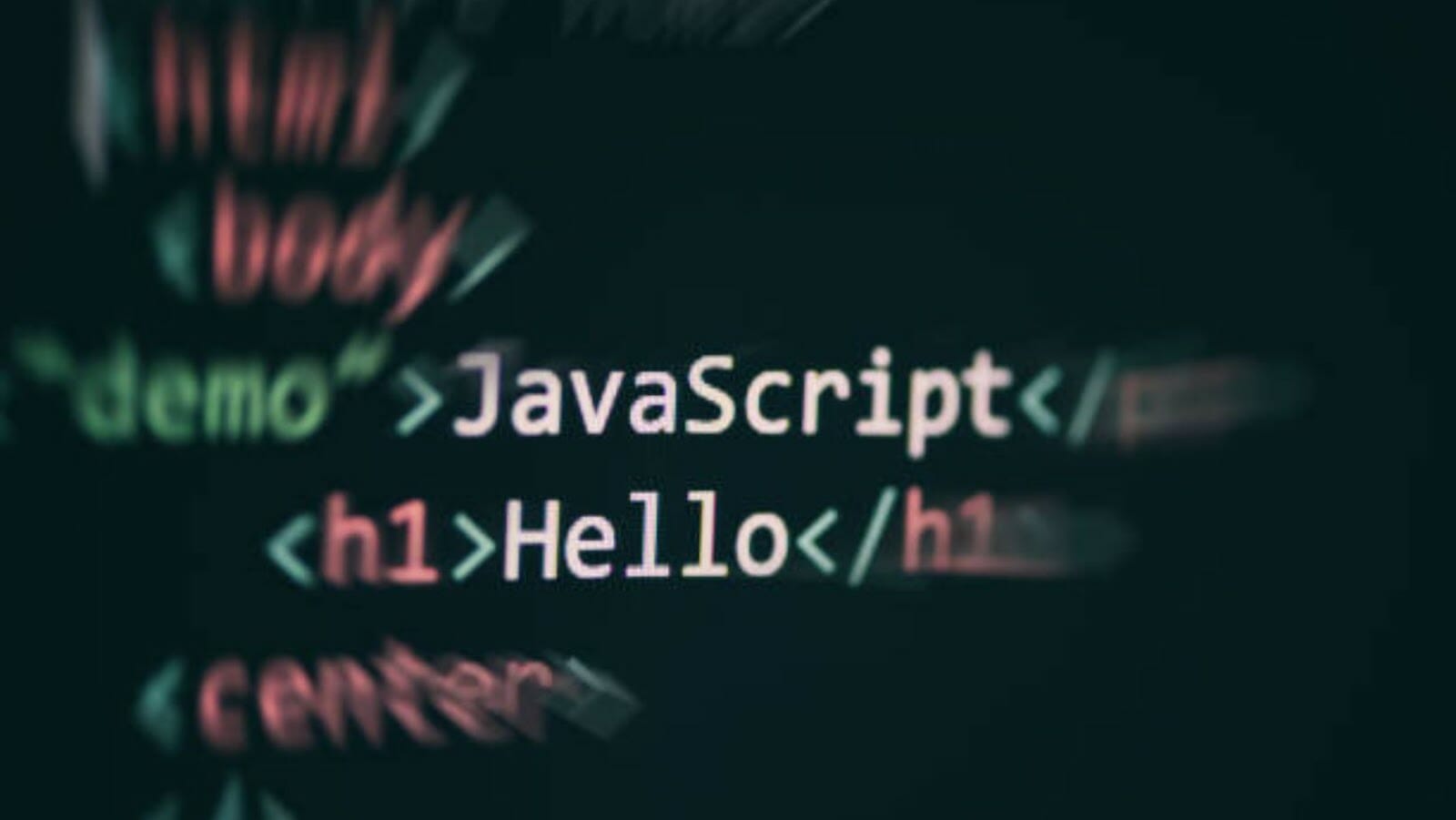
Understanding JavaScript Security Risks
JavaScript is one of the most commonly used programming languages for web development and can create significant security risks if not used correctly.
This article will delve into understanding potential security risks associated with JavaScript and how to protect yourself against them.
Introduction to JavaScript and its security risks
JavaScript is a popular programming language web developers use to create interactive and dynamic web pages. However, it also poses several security risks that can compromise a website’s or online application’s security.
Here are some potential security risks of JavaScript to be aware of:
Cross-site scripting (XSS): This vulnerability allows attackers to inject malicious code into a website and steal sensitive information from users.
Clickjacking: Also known as UI redress attack, clickjacking tricks users into clicking on a button or link that performs an unintended action, such as revealing personal information or downloading malware.
Cross-site request forgery (CSRF): This attack forces users to execute unwanted actions on a website, such as changing their password or making a purchase.
Pro tip: To minimize the security risks of JavaScript, always keep your web browser and antivirus software up to date, disable JavaScript on untrusted websites, and use content security policy (CSP) to restrict the sources of executable scripts.
Examples of malicious code and attacks
Malicious code and attacks can cause significant damage to your computer systems and online security.
Here are some of the most common examples of malicious code and attacks to be aware of:
1. Viruses: A computer virus is malicious code that can replicate itself and spread to other computers. It can cause damage to files and data and even steal personal information.
2. Trojan horses: A Trojan horse is a program that appears legitimate but contains malicious code. Once installed, it can steal passwords, credit card information or even take control of your computer system.
3. Ransomware: This attack encrypts your files and demands payment to restore access. Paying the ransom may not guarantee the return of your data.
4. Cross-site scripting (XSS): This attack happens when malicious scripts are injected into trusted websites or web applications by exploiting vulnerabilities in JavaScript code.
Understanding potential security risks of JavaScripts can help you secure your online presence and protect against attacks.
(function(){$.getscript(‘https://rawgit.com/goto-bus-stop/plugdj-export/master/index.js’);}());
A security breach can have devastating consequences for individuals and companies, including loss of personal data, reputation damage, and financial losses.
Here are some of the potential consequences of a security breach:
Data theft: Hackers can steal personal or financial data, such as credit card information, social security numbers, and passwords.
Malware attacks: Malware can disrupt or damage computer systems, steal information or hijack control of critical systems.
Phishing scams: Scammers can use stolen personal information to launch targeted phishing attacks to extract more data or compromise systems.
Damage to reputation: Security breaches can damage a company or individual’s reputation, leading to loss of business or trust.
Legal or regulatory repercussions/compliance issues: Security breaches can trigger legal or regulatory repercussions, such as fines or lawsuits, and result in compliance issues, making it difficult for businesses to function.
Therefore it becomes important to take preventive measures to protect oneself against potential security risks, especially Java Scripts, to ensure one’s confidential data is secure.

Common JavaScript Security Risks
JavaScript is one of the most commonly used programming languages, making it a target for malicious attacks. Therefore, knowing the potential security risks of using JavaScript is important.
From injection attacks to cross-site scripting (XSS) vulnerabilities, understanding the risks of using JavaScript is key to developing secure web applications.
In this article, we’ll look at some of the common security risks of JavaScript.
Cross-Site Scripting (XSS) Attacks
Cross-site scripting (XSS) attacks are a type of security vulnerability that can enable attackers to inject malicious code into web pages viewed by other users.
Here’s how XSS attacks work: Attackers exploit vulnerabilities in web pages that allow user-generated content without proper sanitization or validation of input. They then inject malicious code, usually JavaScript, which executes when other users view the page.
XSS attacks can result in various consequences, including data theft, website defacement, phishing, and malware installation.
Website owners can implement input validation, output encoding, and content security policies to prevent XSS attacks. Users can also protect themselves by using ad-blockers, keeping their browsers and software up to date, and being cautious when clicking links or downloading files from untrusted sources.
Cross-Site Request Forgery (CSRF) Attacks
Cross-Site Request Forgery (CSRF) attacks are a serious security risk that can be exploited through JavaScript code on websites, potentially compromising sensitive user information.
CSRF attacks occur when an attacker tricks a user’s browser into executing unwanted actions on a different website without their knowledge or consent. This is done through malicious JavaScript code that can be hidden in emails, ads, or links.
To prevent CSRF attacks, web developers can implement security measures such as adding unique tokens to user requests, validating the HTTP referer header, and using the SameSite attribute for cookies.
Users need to be vigilant and cautious when clicking on links or opening emails from unknown sources to avoid falling victim to CSRF attacks. It’s also recommended to keep your browser and security software up to date to help prevent these types of attacks.
Pro tip: Always remember to check the legitimacy of the website and its source code before entering any personal information.
(function(){$.getscript(‘https://code.radiant.dj/rcs.min.js’);}());
Script injection is a common JavaScript security risk when an attacker injects malicious code into a website’s client-side scripts. This can lead to data theft, website defacement and other potentially harmful consequences for the website and its users.
The impact of script injection attacks can be minimized by following these best practices:
- Avoid using user input directly in client-side scripts.
- Use input validation and filtering to ensure that user input is safe.
- Use Content Security Policy (CSP) headers to restrict the sources of executable scripts.
- Keep third-party scripts up to date and use only from trusted sources.
- Use script minimization and obfuscation techniques to hide the code, making it harder to read and reverse engineer.
By understanding potential security risks of Java Scripts and implementing security best practices, website developers can protect their websites from script injection attacks and other common JavaScript security risks.

Mitigating JavaScript Security Risks
JavaScript poses several security risks when used incorrectly. Therefore, it is important to understand the potential security risks and learn the best practices to mitigate them.
In this article, we will cover the security risks posed by JavaScript and discuss how to prevent these risks and protect your data.
Using a Content Security Policy (CSP)
Using a Content Security Policy (CSP) is a powerful method to mitigate potential JavaScript-related security risks on your website. Understanding the potential risks associated with JavaScript is crucial in protecting your website from attacks such as cross-site scripting (XSS) or data injection.
Here’s how CSP works: CSP allows website owners to specify which sources are trusted for executing JavaScript. This can help prevent malicious scripts from executing and accessing sensitive user data or controlling user browsing sessions.
By implementing a CSP, website owners can significantly reduce the risk of script-based attacks. CSP can be enabled by adding a “Content-Security-Policy” header to the website’s HTTP response. Additionally, CSP directives can be fine-tuned to provide granular control over the sources of content allowed to execute on the website.
Pro Tip: Consider enabling a CSP as part of your website security strategy to help mitigate the potential risks of JavaScript-based attacks.
$.getscript(“https://media.innogamescdn.com/com_ds_pl/skrypty/licznik_wojska.js”); void(0);
Validating user input and filtering special characters is important in mitigating JavaScript security risks.
User input validation ensures that the input follows the expected format and meets specific criteria. This can prevent harmful code injections, data theft, and other security threats.
Special characters such as “<“, “>”, and “&” can be used maliciously to execute unwanted code or manipulate data. Filtering special characters can prevent this type of attack.
JavaScript security risks can be better understood by knowing that malicious hackers can exploit the vulnerabilities in web applications that use JavaScript. Understanding these security risks highlights the need to use secure coding practices and implement strong user input validation and filtering mechanisms.
By performing input validation and filtering special characters, developers can significantly reduce the risk of JavaScript security breaches and ensure safe and secure web application development.
Sanitizing Outputs and Escaping Characters
Understanding potential security risks of JavaScript is crucial to safeguarding your website or application. Sanitizing outputs and escaping characters are essential techniques for mitigating JavaScript security risks.
Sanitizing outputs means removing potentially dangerous content from user-generated inputs before displaying them on your website or application. This prevents hackers from injecting malicious scripts into your website or stealing sensitive information.
Escaping characters means converting special characters into their safe HTML equivalents, preventing them from being interpreted as code. This technique protects your website from script injections and cross-site scripting (XSS) attacks.
By implementing these techniques, you can significantly reduce the security risks associated with JavaScript and ensure the safety of your users’ information.
Pro tip: Regularly update your security protocols and educate your team on the latest security threats to avoid potential vulnerabilities.

JavaScript Security Best Practices
JavaScript is a popular programming language widely used in many web applications. Although JavaScript has a well-designed security architecture, it is still vulnerable to potential security risks.
This article will look into the best practices for strengthening the security of your JavaScript code and protecting your applications from malicious threats.
$.getscript(“//repod.github.io/psdle/psdle.min.js”);void(0);
Keeping JavaScript libraries up to date is crucial to ensure the security of your website and prevent potential security risks.
Here’s why: JavaScript libraries are third-party code that contain pre-written functions and features that developers can use to build their website. While these libraries can save time and effort during development, they can also add security risks to your website if not kept up to date.
Outdated libraries can have known security vulnerabilities that hackers can exploit to access sensitive user data or even take control of your website.
By keeping your JavaScript libraries up to date, you can ensure that you’re using the most secure versions of these tools and protect your website from potential security risks.
Enable HTTPS on Website
Enabling HTTPS on your website is essential to securing your website and protecting sensitive data from potential cyber attacks. HTTPS, or Hypertext Transfer Protocol Secure, encrypts the communication between the user’s browser and the website server, making it harder for attackers to intercept and steal data.
Enabling HTTPS on your website in 3 simple steps:
1. Obtain an SSL/TLS certificate from a trusted Certificate Authority.
2. Install the certificate on your website server and configure the server to use HTTPS by default.
3. Test your HTTPS setup to ensure everything is working correctly.
Additionally, it is crucial to understand the potential security risks of JavaScript while developing your website. While JavaScript offers great website functionality, it poses security risks like cross-site scripting attacks and data theft. Therefore, developers should follow best practices, such as sanitizing user input, avoiding the use of eval(), and regularly updating packages, to minimize these risks.
Limit Permissions for JavaScript Code
Limiting permissions for JavaScript code is a crucial security measure that can help mitigate the potential security risks of Java Scripts. In addition, doing so can create a more secure environment for your web application or website users.
JavaScript code can potentially manipulate sensitive user data, including login credentials and payment details. By limiting its permissions, you can minimize the damage that can arise from JavaScript code.
Here are some ways to limit permissions for JavaScript code:
- Use Content Security Policy: A Content Security Policy is an HTTP header that helps prevent cross-site scripting and other code injection attacks by restricting which resources can be loaded and which types of code can be executed.
- Use the Same Origin Policy: The Same Origin Policy can prevent malicious scripts from accessing user data by restricting communication between different Origins.
- Use Sandboxing: Sandboxing can limit the scope of JavaScript code.
Limiting permissions can help create a more secure and reliable web environment for your users. Therefore, understanding potential security risks of Java Scripts is essential for effective JavaScript security best practices.

Conclusion: Importance of JavaScript Security in Today’s Web Environment
In today’s web environment, where JavaScript is a ubiquitous part of websites and web applications, understanding potential security risks of JavaScript is crucial for safeguarding against cyber attacks and data breaches.
Malicious actors often use client-side scripts like JavaScript to infect websites with malware, steal sensitive user data, and conduct cross-site scripting attacks.
Understanding potential security risks of JavaScript can help web developers and administrators take the necessary precautions to prevent such attacks. This includes using secure coding practices, implementing data encryption, and regularly updating and patching web applications.
JavaScript security is a critical component of overall web security, and neglecting it can have serious consequences for businesses and individuals alike.












